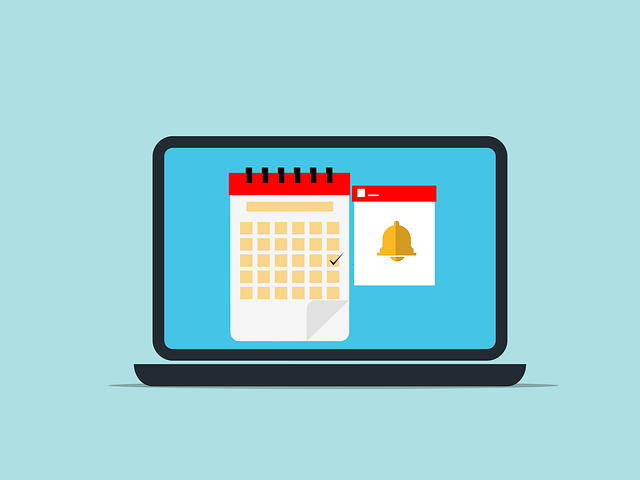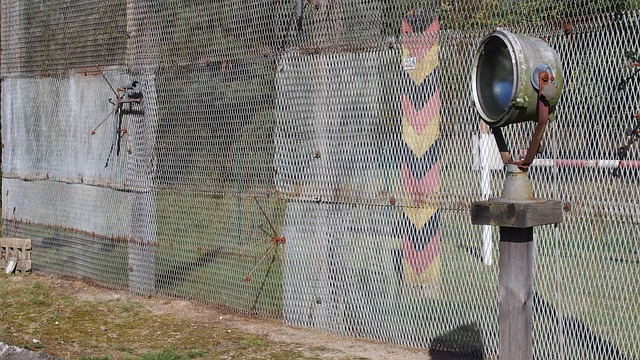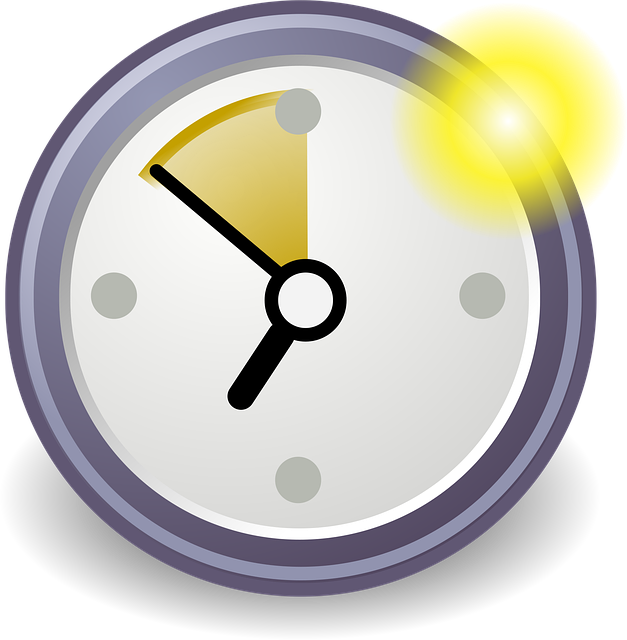SMS appointment notifications significantly reduce patient no-shows, improving healthcare operations by optimizing resource utilization and scheduling efficiency. This technology provides timely reminders via direct messaging on mobile devices, leading to higher attendance rates and better patient care. Integrating SMS with email and phone calls creates a robust reminder system that caters to diverse communication preferences, enhancing patient engagement and reducing wait times. By measuring KPIs like no-show rates and patient satisfaction, healthcare providers can refine their strategies, ensuring effective communication channels for improved medical attendance.
In today’s digital era, patient no-shows remain a significant challenge for healthcare providers. This article explores how technology-driven reminders, delivered via SMS, email, and phone calls, can revolutionize appointment attendance rates. We delve into the impact of no-shows, the role of technology in enhancing reminder systems, and the effectiveness of SMS appointment notifications as a standalone channel. Additionally, we provide strategies for integrating multiple channels and leveraging digital tools to foster better patient engagement.
- Understanding Patient No-Shows and Their Impact
- The Role of Technology in Enhancing Appointment Reminders
- SMS Appointment Notifications: An Effective Channel
- Integrating SMS with Email and Phone Calls for Comprehensive Reminders
- Strategies to Improve Attendance Rates Using Digital Tools
- Measuring Success and Continuous Improvement
Understanding Patient No-Shows and Their Impact

Patient no-shows, or absent appointments, are a common challenge in healthcare settings, often resulting from forgetfulness, scheduling conflicts, or lack of motivation. This issue significantly impacts practices and patients alike. No-shows can lead to underutilized resources, increased administrative burdens, and financial losses for healthcare providers. Moreover, they disrupt the schedule of other patients who may have been waiting for an opening.
SMS appointment notifications, integrated with reminder call services or no-show prevention tools, offer a solution. By sending automated reminders via SMS, email, or phone calls, these technologies ensure that patients are reminded of their appointments well in advance. This simple yet effective strategy can improve attendance rates, reduce no-shows, and ultimately enhance the overall efficiency of healthcare scheduling reminders.
The Role of Technology in Enhancing Appointment Reminders

Technology plays a pivotal role in enhancing appointment reminders, significantly reducing patient no-shows and improving medical attendance rates. SMS appointment notifications have emerged as an effective tool, leveraging instant messaging to deliver timely alerts. This method ensures patients receive critical reminders directly on their mobile devices, increasing the likelihood of showing up on schedule. By integrating SMS into their practices, healthcare providers can effectively manage appointments, reduce wait times, and optimize resource utilization.
In addition to SMS appointment notifications, reminder call services and no-show prevention tools have gained popularity in the digital age. These innovative solutions automate follow-up calls, providing personalized reminders and fostering patient engagement. By combining these technologies, healthcare systems can achieve a medical attendance boost, leading to better patient care and more efficient operational workflows.
SMS Appointment Notifications: An Effective Channel

SMS appointment notifications have emerged as a powerful tool in healthcare, offering an effective channel for reaching patients directly and promptly. With high open rates, SMS messages can serve as robust reminders, encouraging timely attendance at appointments. This simple yet effective method of communication is especially beneficial for tackling patient no-shows, which significantly impact healthcare providers and facilities.
By implementing SMS appointment notifications, healthcare practices can streamline their scheduling processes and boost medical attendance rates. These text-based reminders are easily accessible, ensuring patients receive critical information about their upcoming appointments. This approach not only reduces the burden of no-shows but also fosters a sense of accountability and responsibility among patients, leading to improved health outcomes.
Integrating SMS with Email and Phone Calls for Comprehensive Reminders

Integrating SMS with email and phone calls offers a comprehensive reminder system to enhance patient engagement and medical attendance boost. SMS appointment notifications have become a powerful tool in healthcare scheduling reminders, ensuring patients receive multiple alerts across different communication channels. This multi-pronged approach increases the likelihood of patients remembering their appointments and showing up on time.
By combining text messages with email and call reminders, healthcare providers can deliver personalized and timely notifications. A reminder call service, for instance, can be automated to reach patients a day or two before their scheduled appointment, while an SMS could serve as a final, quick check the morning of the visit. This multi-channel strategy caters to diverse patient preferences and communication habits, further reducing no-shows and streamlining healthcare operations.
Strategies to Improve Attendance Rates Using Digital Tools

In the pursuit of enhancing patient attendance rates and reducing no-shows, healthcare providers can leverage digital tools to create a robust reminder system. SMS appointment notifications have proven to be an effective strategy, as they offer direct communication with patients, ensuring they receive timely reminders. This simple yet powerful method increases the likelihood of patients remembering their appointments, especially when combined with additional reminder call services.
Beyond SMS, healthcare scheduling reminders can be integrated into email and voice call systems. No-show prevention tools, when implemented, create a seamless experience for both patients and medical staff. By utilizing these digital solutions, healthcare institutions not only improve attendance but also foster better patient engagement, ultimately leading to enhanced overall care.
Measuring Success and Continuous Improvement

Measuring success is paramount to understanding the true impact of technology-driven reminders on patient attendance. By tracking key performance indicators (KPIs) such as no-show rates, attendance percentages, and patient satisfaction scores, healthcare providers can gauge the effectiveness of their reminder strategies. These data points are crucial for identifying areas of improvement and refining SMS appointment notifications, email alerts, or reminder call services to achieve an optimal medical attendance boost.
Continuous improvement is a dynamic process that requires regular evaluation and adaptation. Clinic reminder automation systems should be designed with flexibility in mind, allowing healthcare professionals to tailor messages, adjust timing, and experiment with different communication channels based on patient responses. By embracing data-driven insights, healthcare organizations can ensure their reminder services remain relevant and effective, ultimately enhancing patient engagement and reducing no-shows over time.
